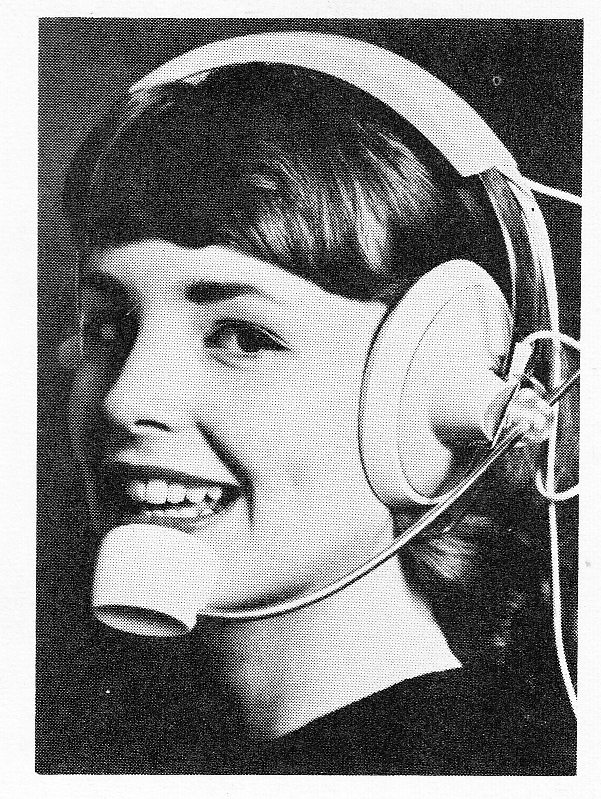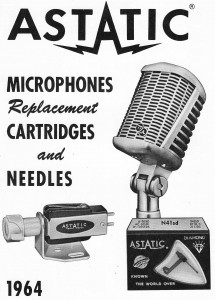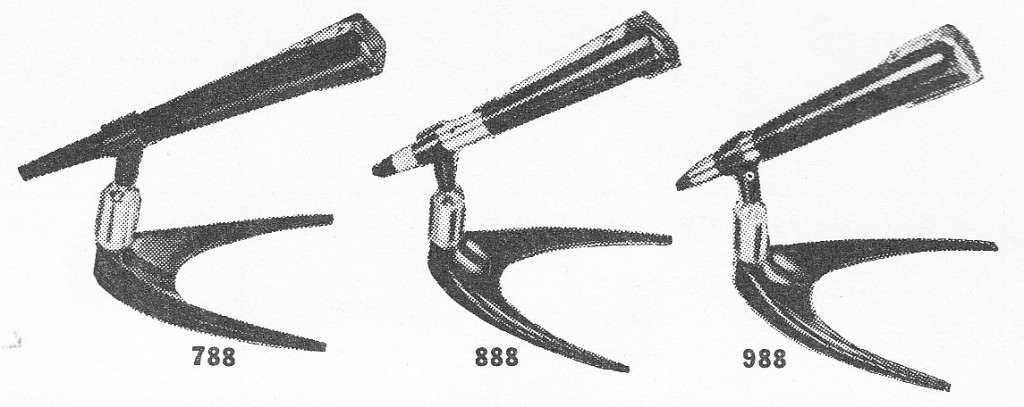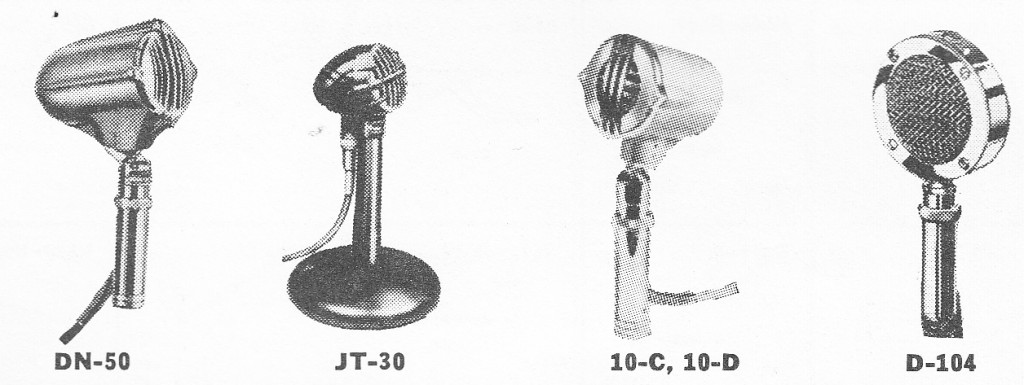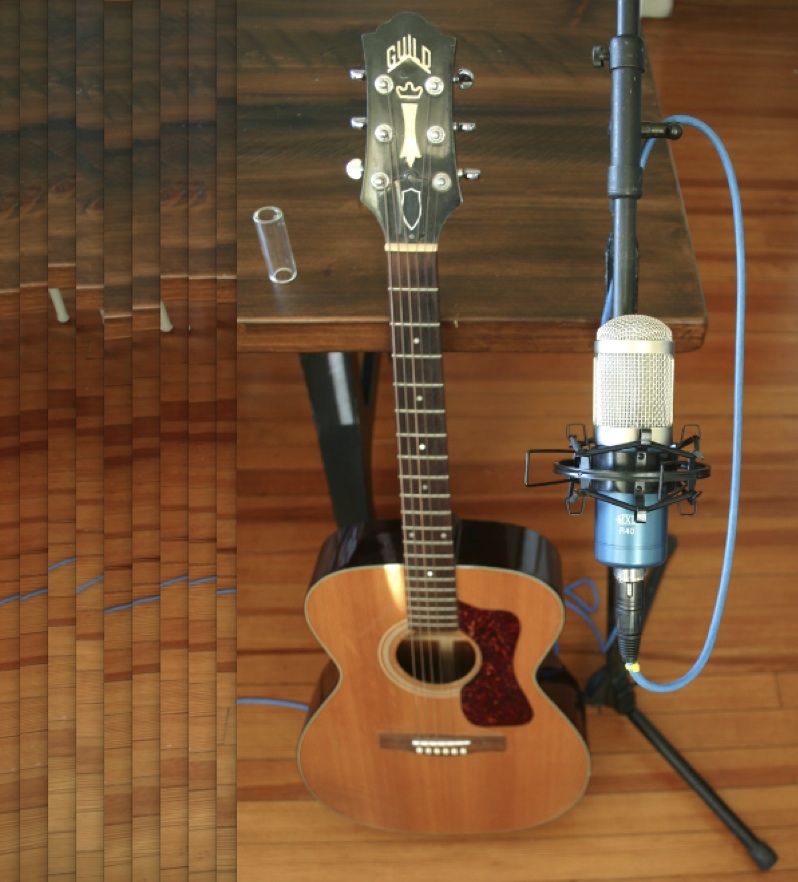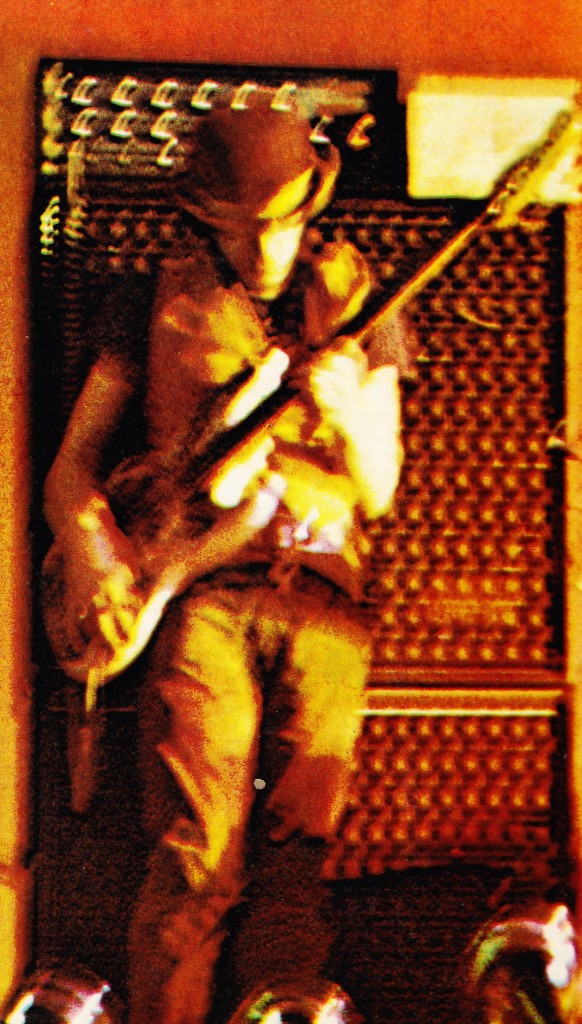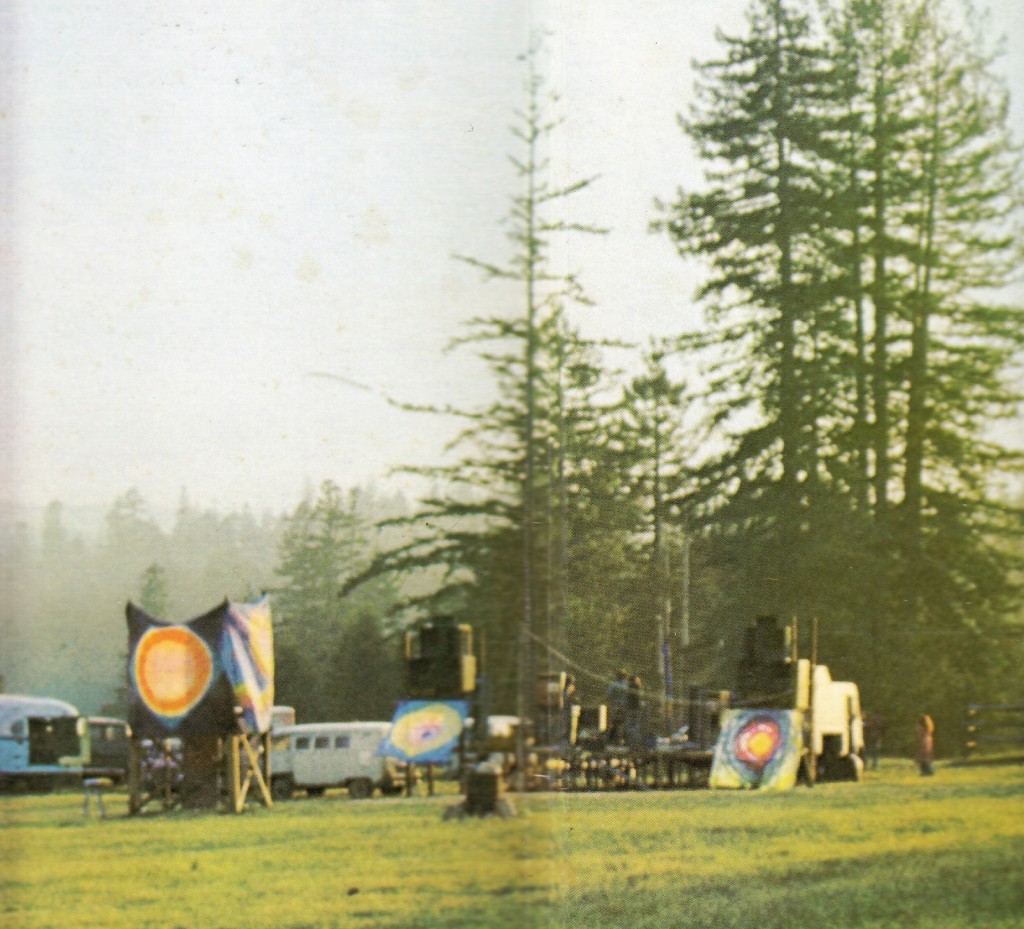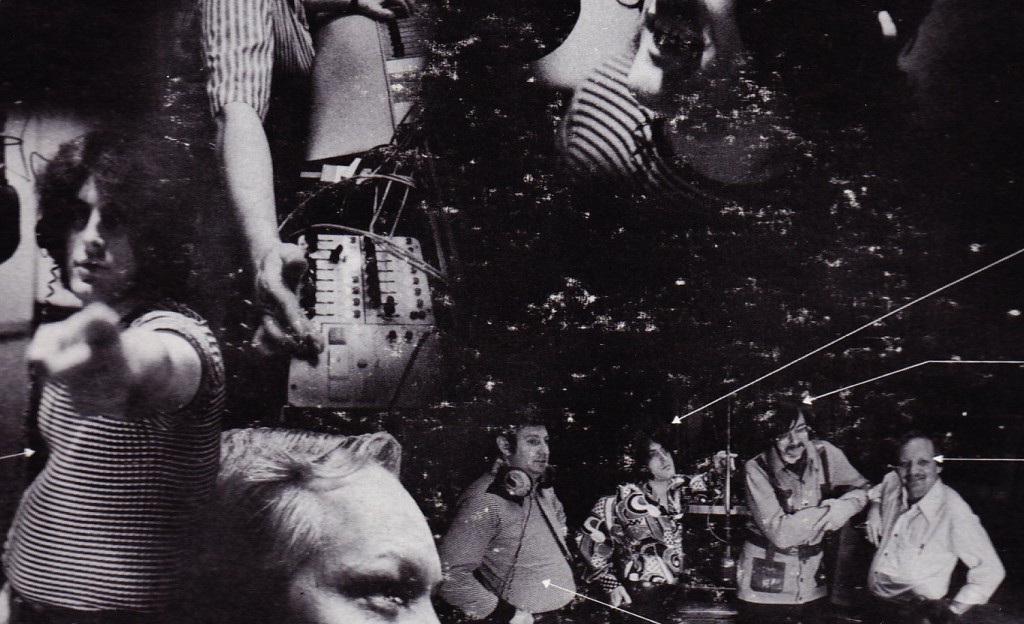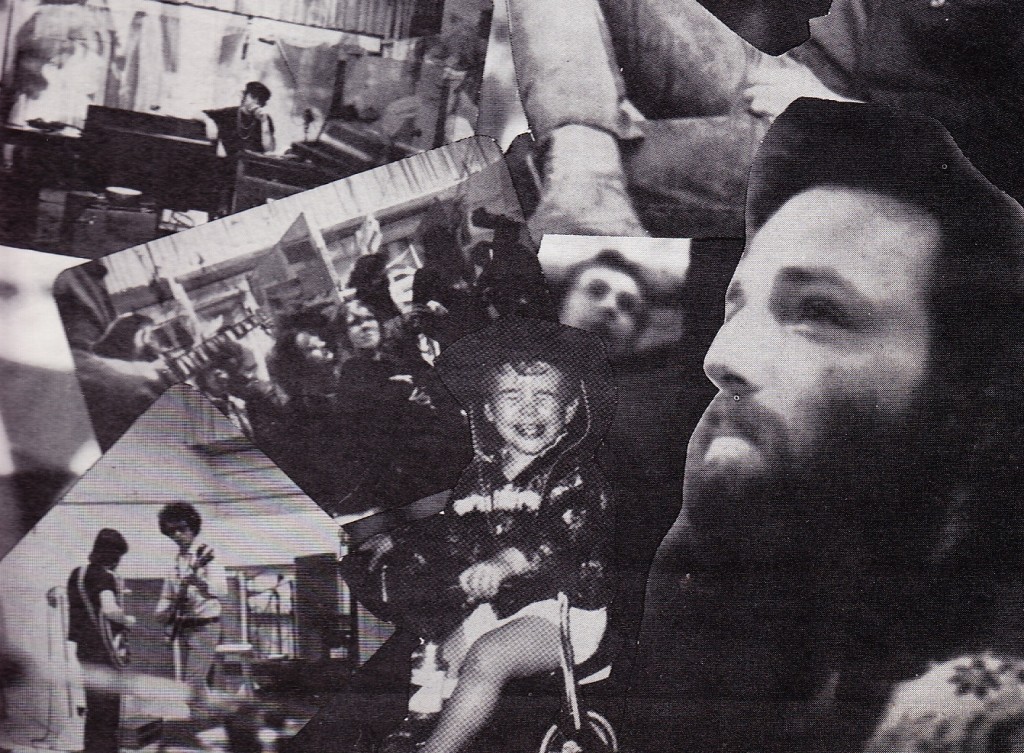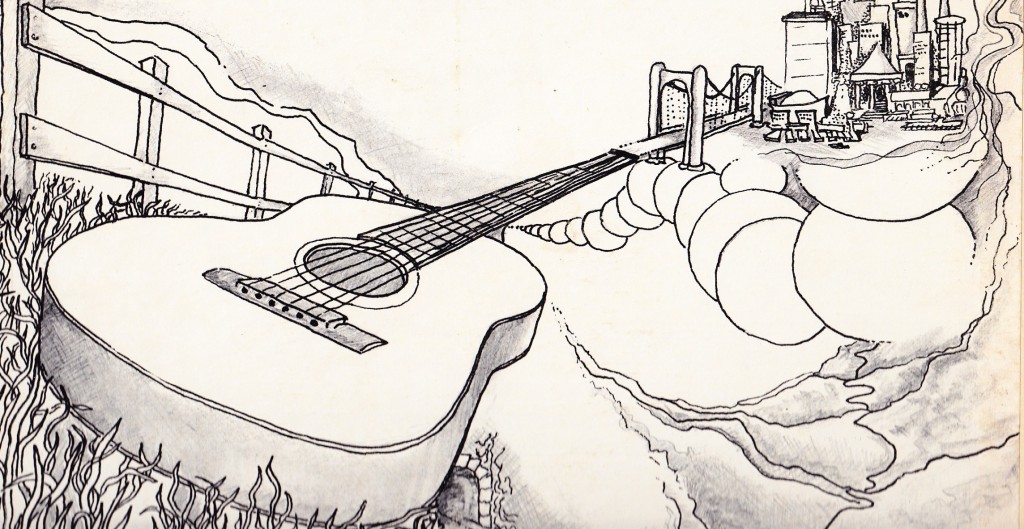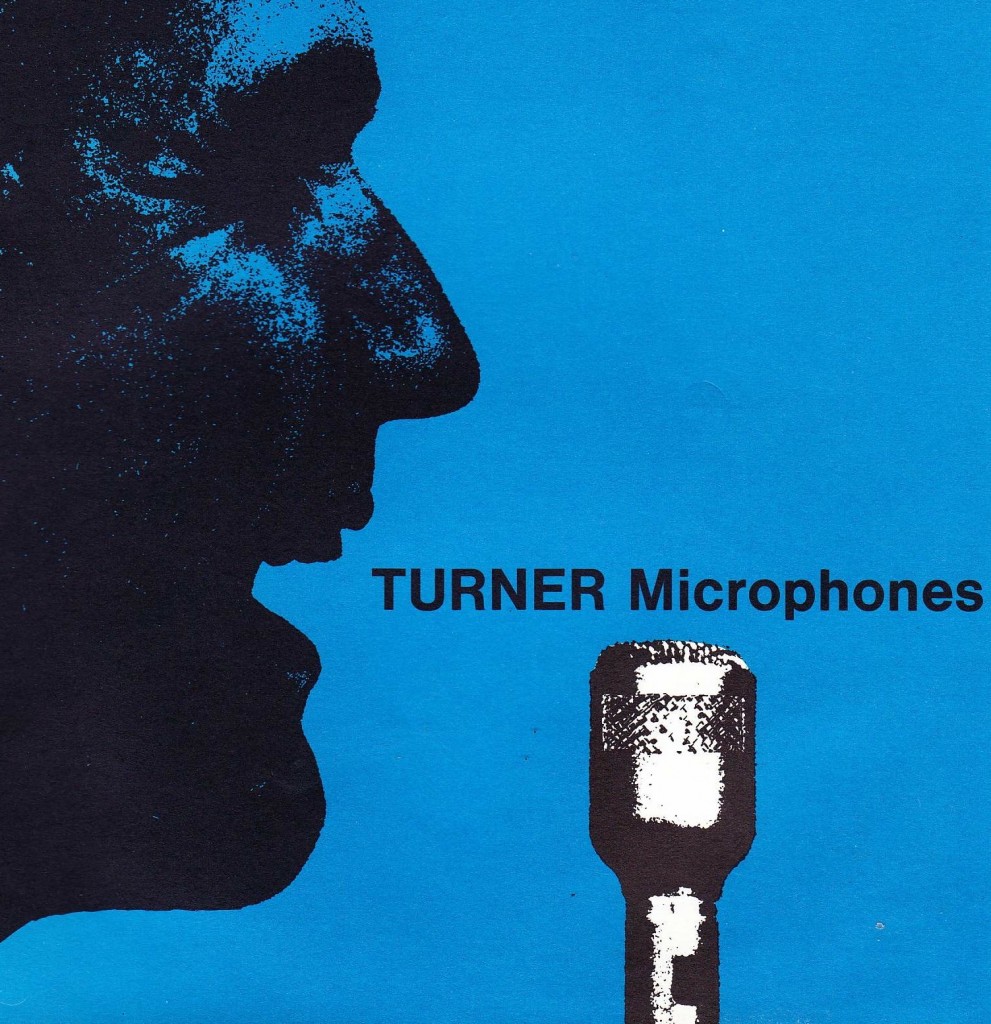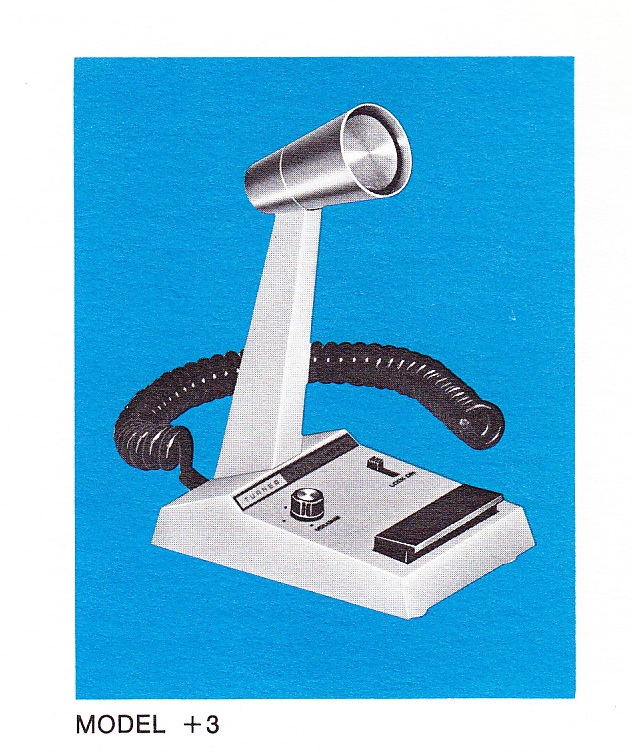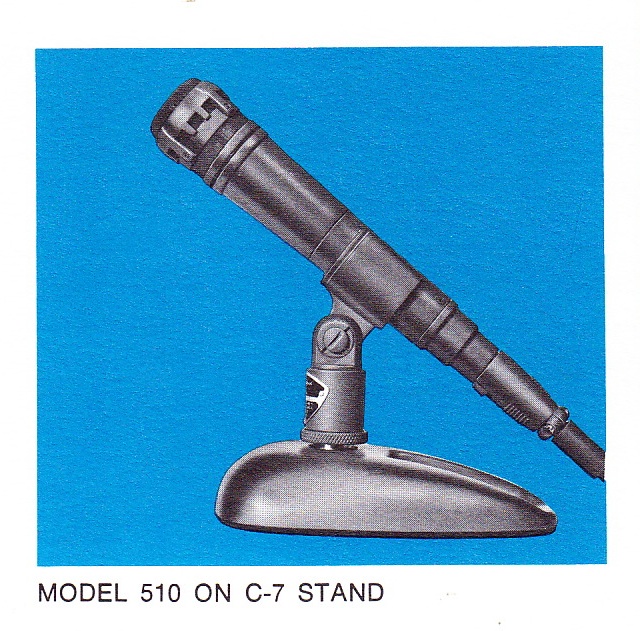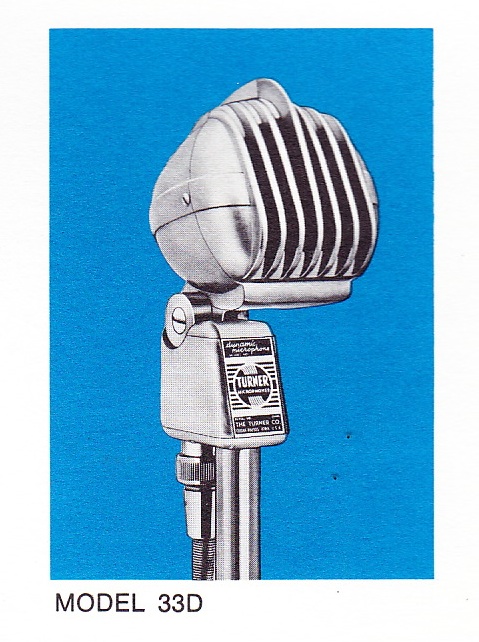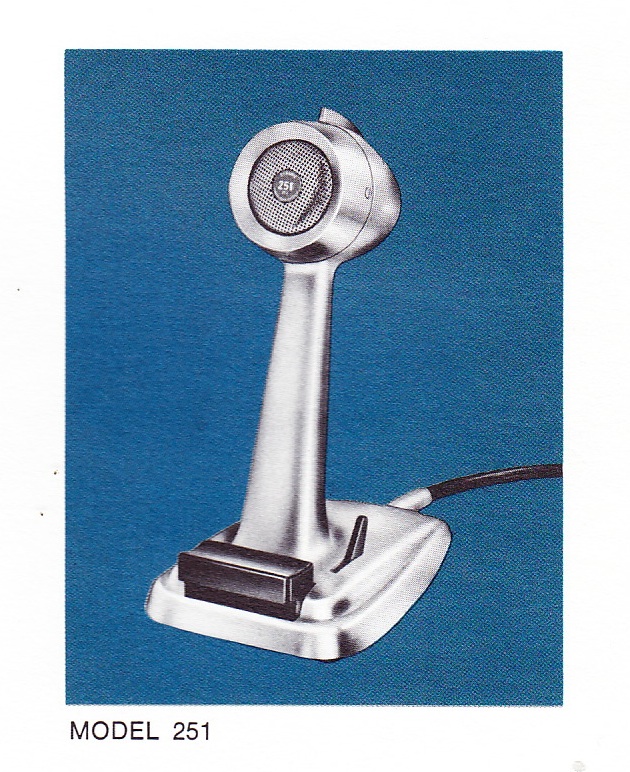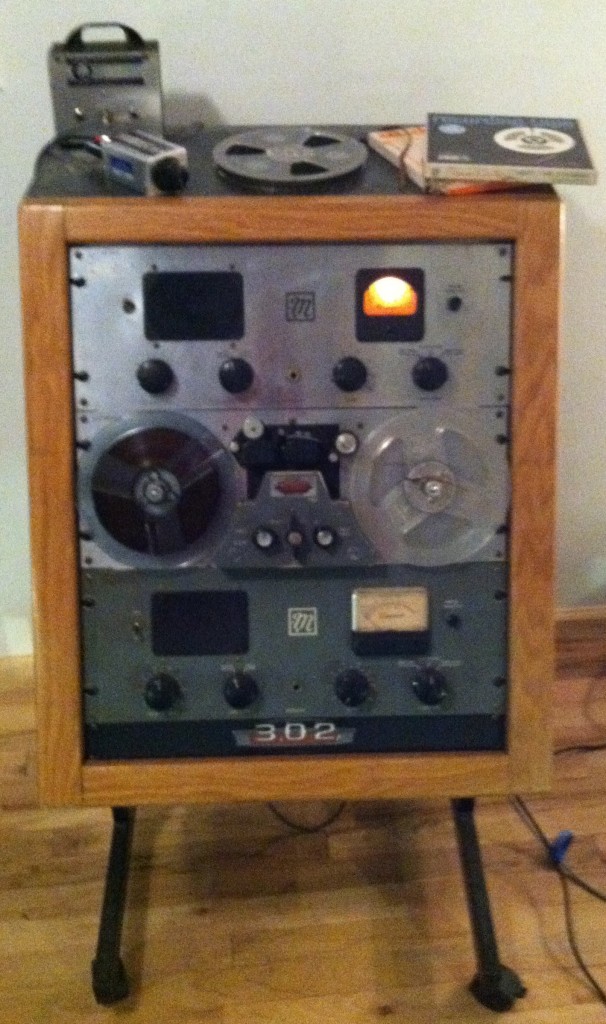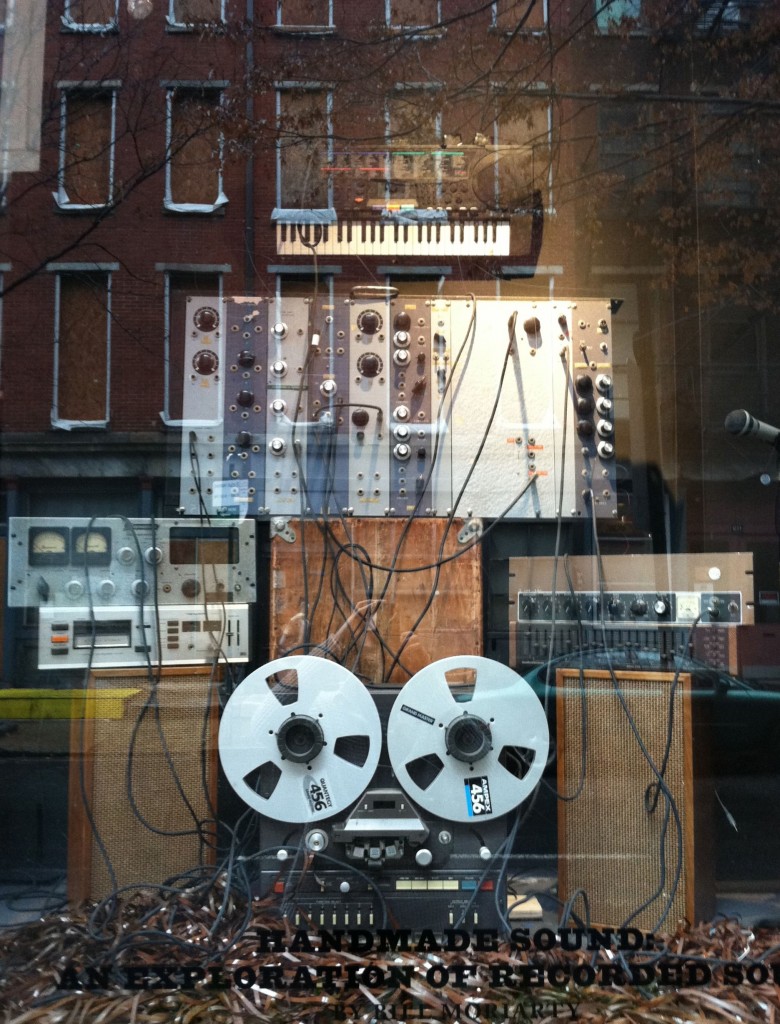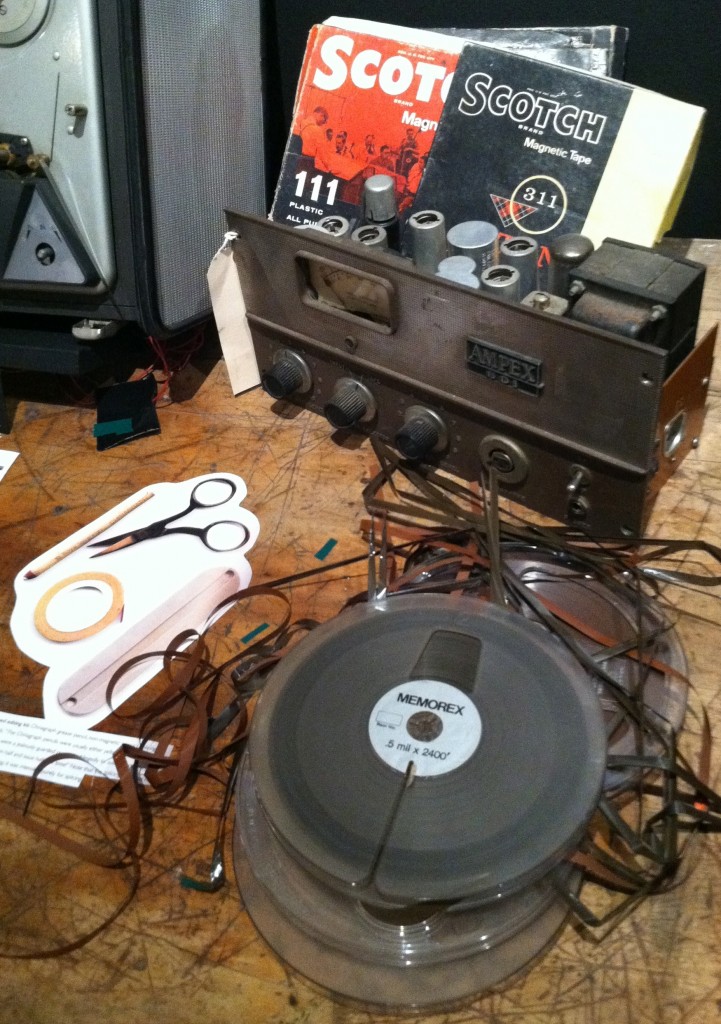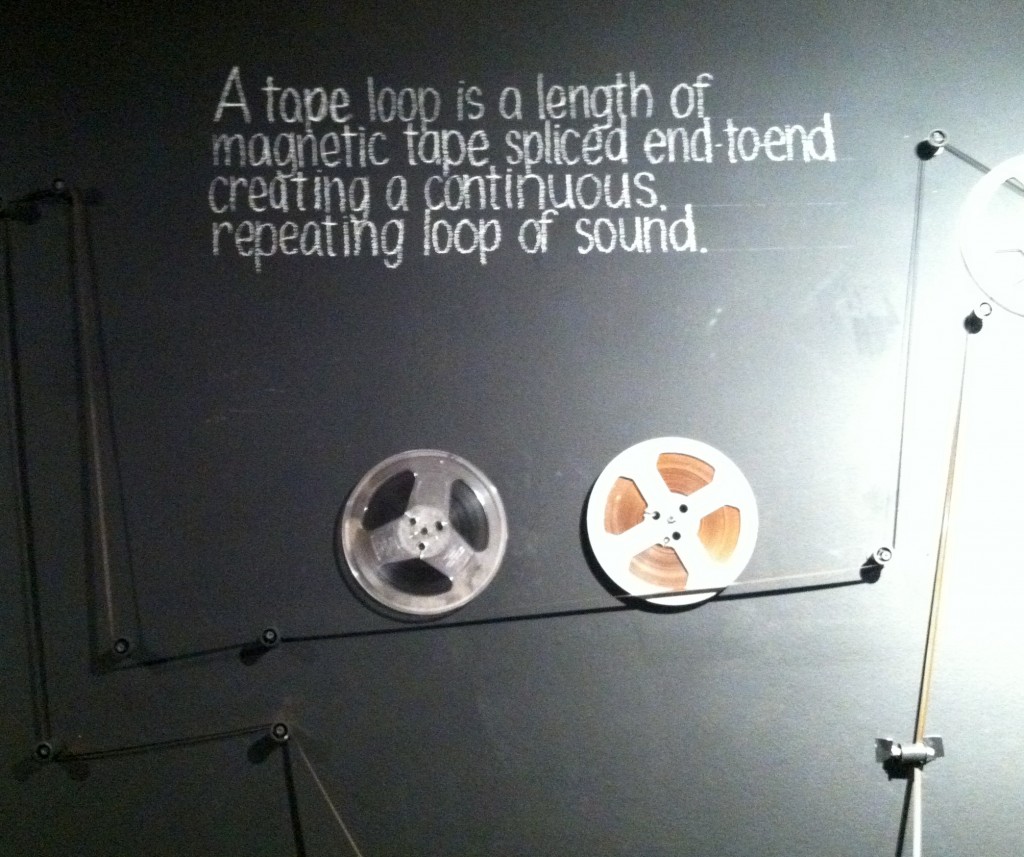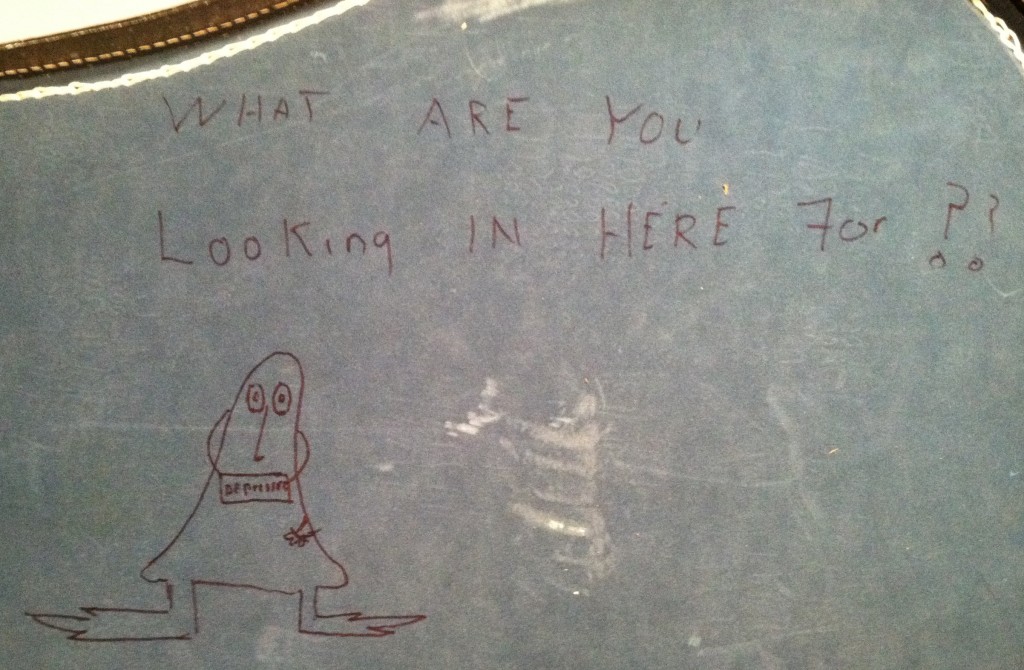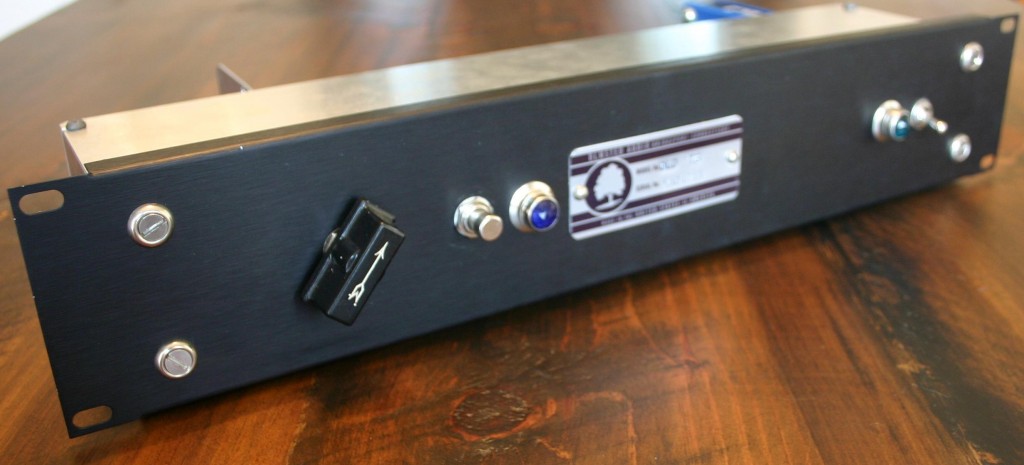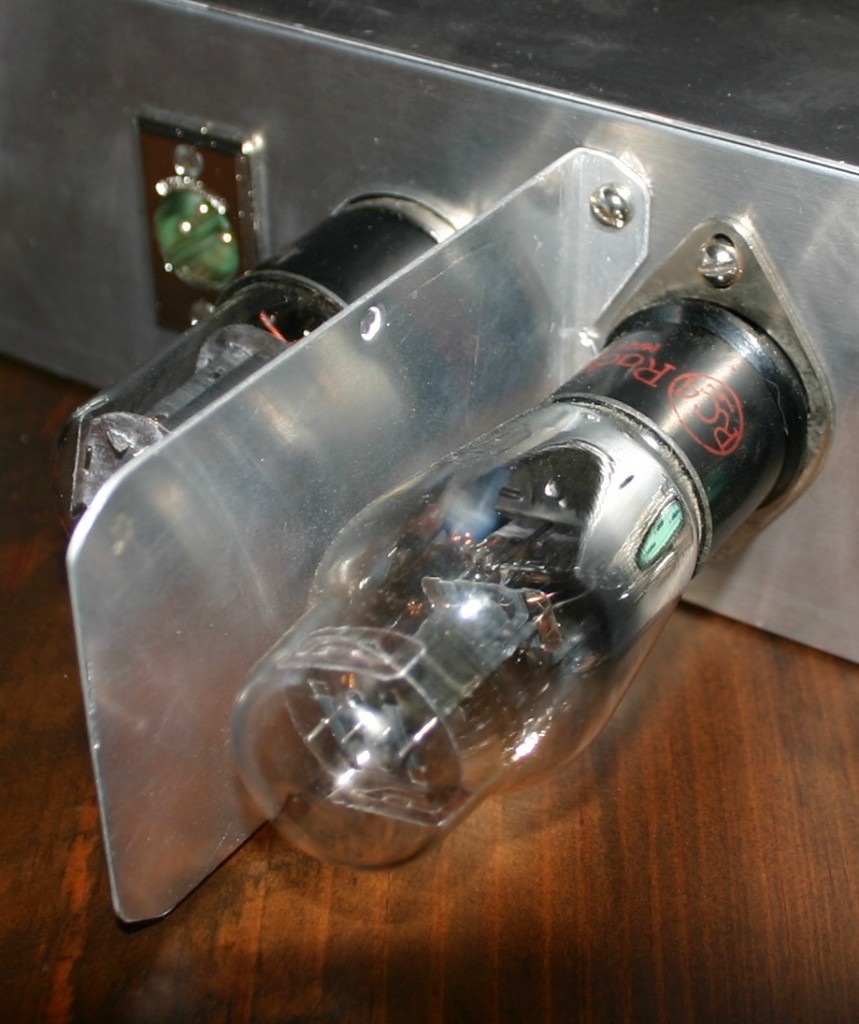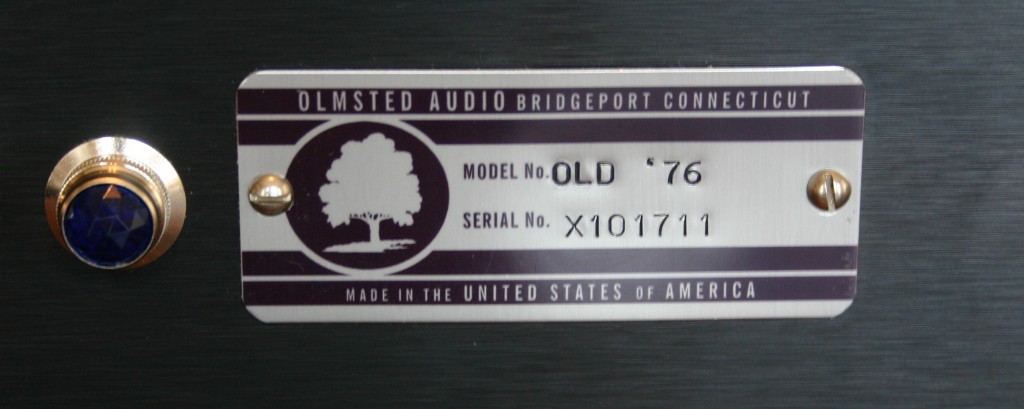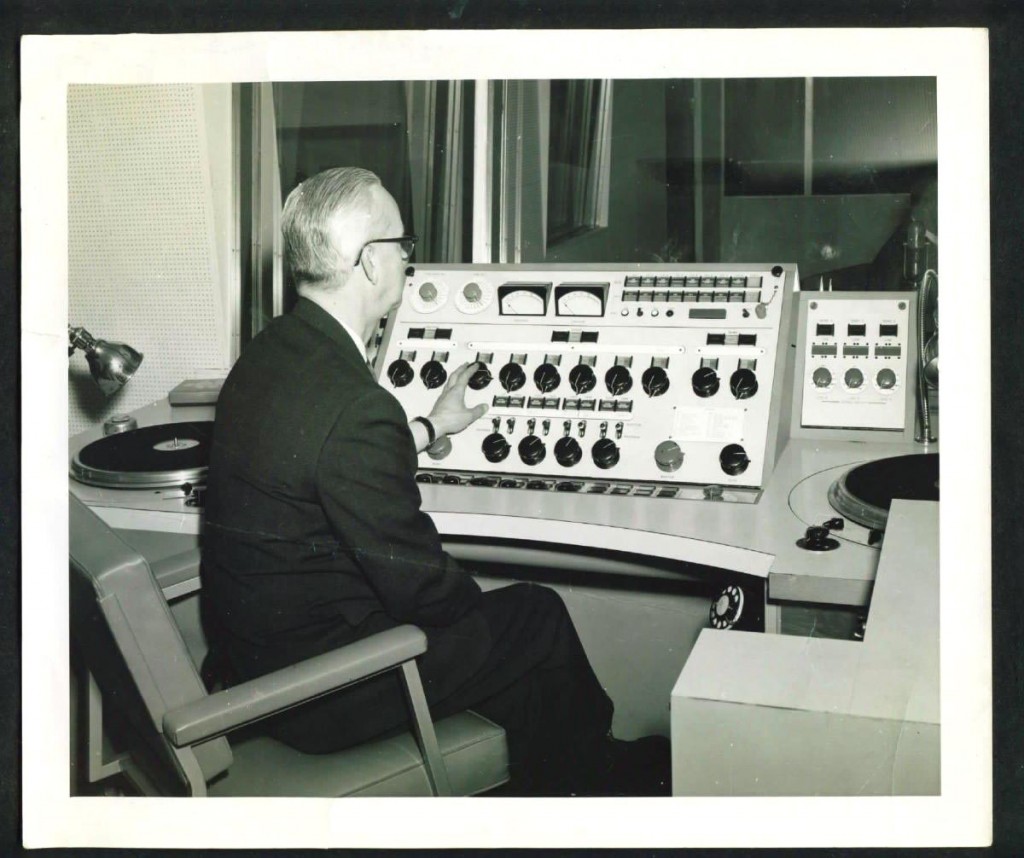 Last Thursday I put together an impromptu 200-minute, all-vinyl drive-time set for WPKN. No real theme for this set; just yr basic ‘it’s 1973, feeling hazy and fatalistic’ kinda mood.
Last Thursday I put together an impromptu 200-minute, all-vinyl drive-time set for WPKN. No real theme for this set; just yr basic ‘it’s 1973, feeling hazy and fatalistic’ kinda mood.
Stream the show in high quality at: http://archives.wpkn.org/bookmarks/listen/28950
Gene Clark: 1975
Country Joe And the Fish: She’s a Bird
David Crosby: what are their names
Moby Grape: I am not willing
The Dead Boys: ain’t it fun
Wizards from Kansas: high flying bird
John Entwhistle: You’re mine
Graham Nash: Better Days
Tommy James: nothing to hide
Smith: baby it’s you
Rod Stewart: Losing you
Dr John: Black Widow Spider
The Small Faces: Tin Soldier
Bob Seeger: Ramblin Gamblin Man
Tommy James; Christian of the world
Leon Russell: Stranger in a strange land
Captain Beefheart: happy love song
T Rex: the slider
Johnny Thunders: can’t put your arms around a memory
Cochise: back home
Nina Simone: to love somebody
Slade: Gudbuy T’Jane
Cornelius Brothers and Sister Rose: treat her like a lady
Laura Lee: wedlock is a padlock
Patti Smith: free money
Cat Mother: The last thing that I do
Tranquility: where you are
Man: out of your head
Lake: on the run
Emmit Rhodes: ‘really wanted you’
Dwight Twilley: i’m on fire
Spooky Tooth: I am the walrus
The Kinks: Shangri La
T Rex: broken hearted blues
The Shocking Blue: california here I come
Genesis: back in N. Y.C.
Tommy Johnson: canned heat blues
